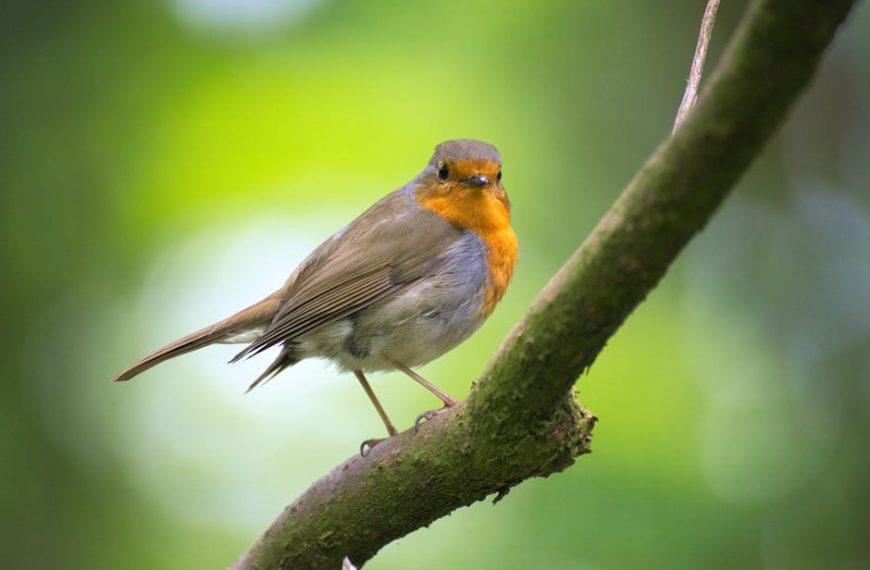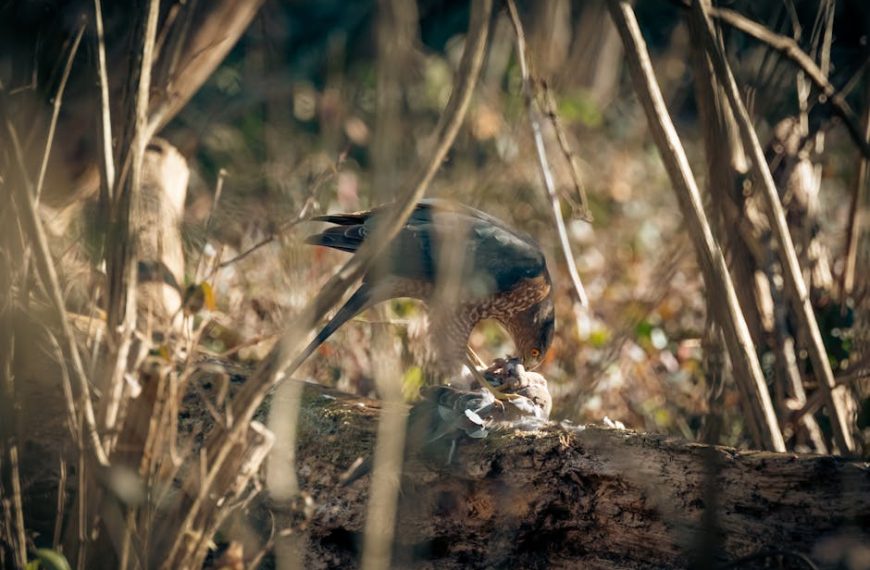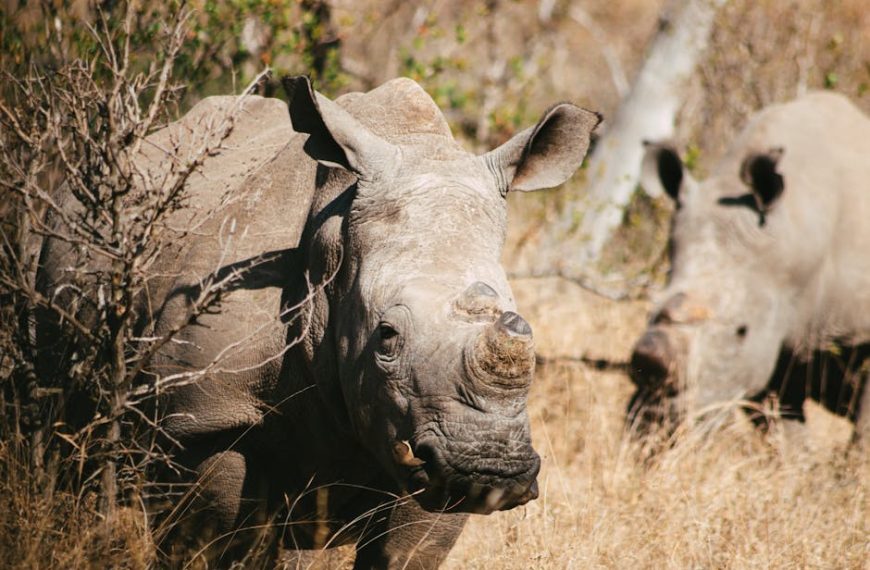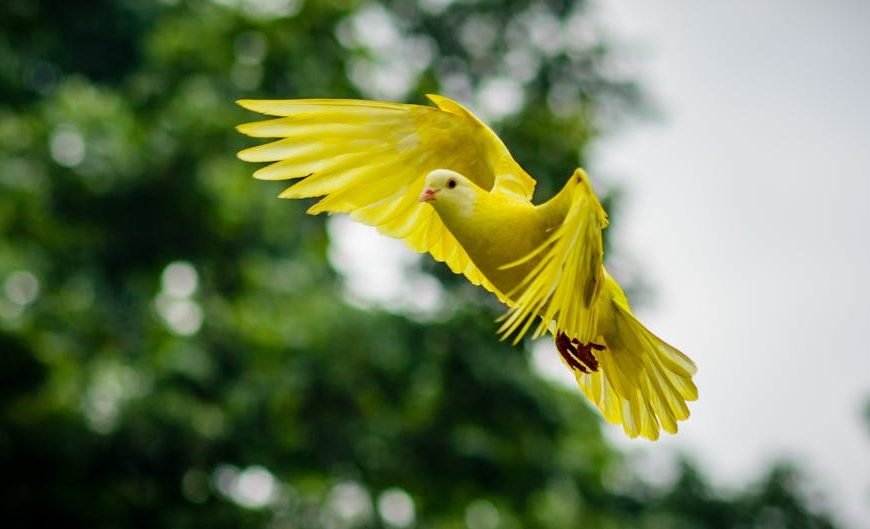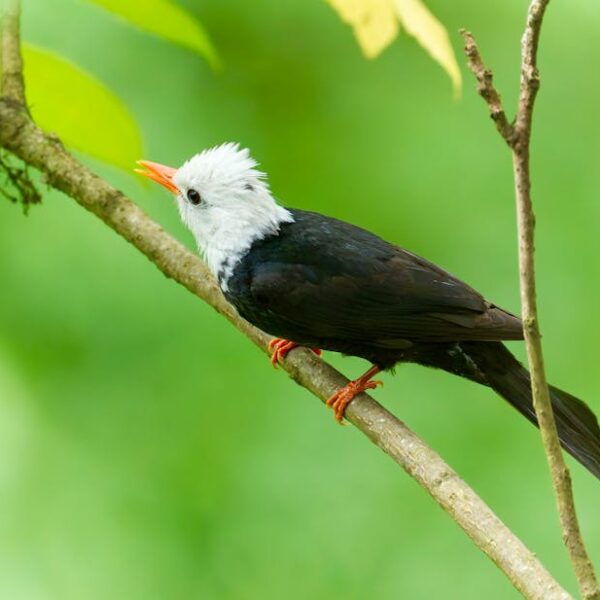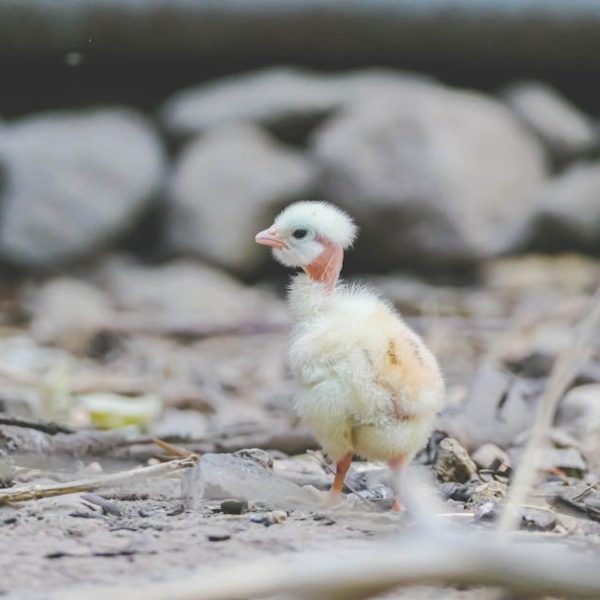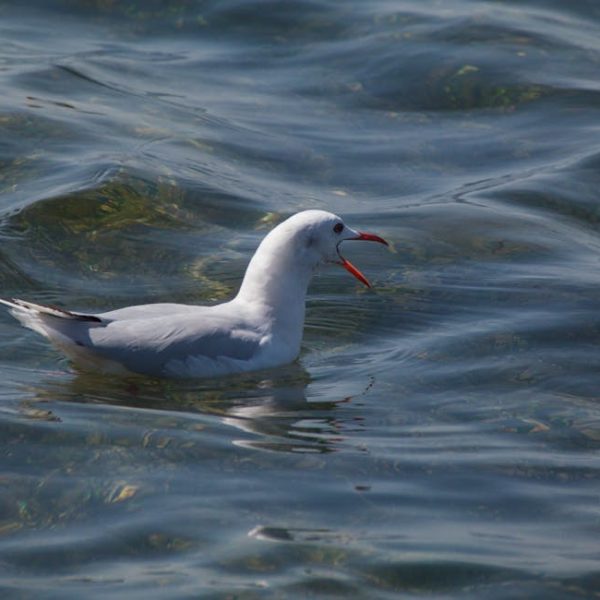In the heart of arid climates, life thrives in a myriad of ways, defying the hardships brought along with scorching sun and scarce water. Among the rugged terrain and sweeping dunes, a spectrum of desert birds have adapted to these conditions, proving both their biological versatility and the persistence of nature itself. With remarkable adaptations, varied species, and unique behaviours, desert birds form a fascinating chapter of our planet’s biodiversity.
Understanding the Adaptations of Desert Birds
Surviving in desert environments demands well-honed strategies and physical characteristics. Desert birds, for instance, have developed a plethora of adaptations aimed at conserving water and tolerating high temperatures. Their bodies are equipped to minimize water loss by breathing at a slower rate, holding their feathers close to the body to prevent evaporation and reabsorbing water from their waste products. They often rest in the shade during the hottest part of the day, flying or foraging in the early morning or late afternoon.
Some of the most noteworthy adaptations include:
- Coping without water: Species like the Phainopepla manages to subsist on a diet of mistletoe berries, extracting the essential moisture and nutrients from the fruit alone, often going without drinking water for extended durations.
- Desert Grouse can cool its body by increasing blood flow to its legs, allowing the heat to dissipate through the exposed skin.
- Roadrunners possess a gland near their eyes that eliminate the excess salt from their bodies, conserving their body’s water supply.
These are just small fragments of the survival puzzle which desert birds have masterfully solved. When observing these species in their habitat, look for these behavioural and physical traits. Seeing them in action is a testament to nature’s resilience and ingenuity in the face of adversity.
Common Desert Bird Species and Their Characteristics
From the mountains to the valleys, deserts are home to an array of bird species, each with its distinctive attributes. Nature, in its infinite creativity, has put forth an astonishing variety of species that add to the desert’s complexity and beauty.
- Great Roadrunner: True to its name, the Roadrunner spends most of its life on the ground, reaching speeds up to 20 miles per hour. Its diet primarily comprises insects, lizards, and small birds.
- Cactus Wren: Recognized by its distinctly loud voice, the Cactus Wren is the largest North American wren. Its diet is marked by variety, consuming insects, spiders, fruits, and seeds.
- Burrowing Owl: Unlike most owls, Burrowing Owls are diurnal, meaning they are active during the day. As a part of their defensive strategy, they mimic rattlesnakes’ hissing sounds when threatened.
Spotting Desert Birds: Tips and Best Practices
Spotting these fascinating creatures in their natural habitat encapsulates the essence of adventure and discovery. Since desert birds are most active during dawn or dusk to avoid the midday heat, these are the prime birdwatching hours. Always remember to respect the natural habitat, ensuring that your presence doesn’t disrupt the ecosystem. Make birdwatching trips safer and more productive with proper equipment like binoculars, suitable clothing, water, and sun protection. It’s always beneficial to carry bird identification guides to help with species recognition in the field.
The journey to understanding desert birds is one of never-ending learning and appreciation. So, gear up, and start exploring these winged inhabitants of the arid lands.
Protecting Desert Bird Populations: Conservation Efforts
Observing the survival and adaptation of desert birds is truly fascinating. However, their existence is a delicate balance, and human intervention can often tip the scales unfavorably. To protect these unique species, considerable measures must be taken. Various environmental organizations are working tirelessly to preserve the habitats of these creatures and enforce laws against hunting. They maintain sanctuaries, conduct research, and initiate reforestation and clean-up activities.
Every individual can play a significant role in the conservation efforts. Small steps can make a big difference:
- Respect wildlife habitat: When out exploring, avoid touching nests or disturbing the natural setting.
- Minimize pollution: Trash should never be left behind after an expedition. Recycle wherever possible and aim for minimal footprint during your visits.
- Support conservation organizations: These bodies work relentlessly towards the well-being of desert birds. Any support, whether volunteering, donating or raising awareness, significantly aids their efforts.
Some of the prominent organizations committed to desert bird conservation include BirdLife International, American Bird Conservancy, and the National Audubon Society.
Fascinating Facts about Desert Birds
Desert birds not only showcase exceptional survival skills but are also hosts to unique behaviors and fascinating facts. Their lives unfold spectacular stories that often remain hidden within their arid domain. For instance, did you know that some desert bird species participate in elaborate courtship dances and rituals that involve intricate feather displays and synchronized movements? Or, that several species undertake massive migratory journeys to cooler areas when the desert heat increases?
Let’s debunk some common misunderstandings while simultaneously shedding light on captivating trivia:
- Fact: Some species of cuckoos found in deserts are known to parasitize other birds’ nests, which means they lay their eggs in other birds’ nests and let them do the parenting.
Myth: All desert birds are carnivorous.
Truth: While many desert birds are carnivorous, a good number of species like finches and quails are granivorous, primarily surviving on seeds.
The world of desert birds is filled with remarkable adaptations, intriguing characteristics and unparalleled diversity. Appreciating these marvels of nature means understanding, respecting and preserving their habitats. As you delve into the enchanting realm of desert birds, may your journeys be filled with awe-inspirations, fascinating discoveries, and everlasting memories.
Key Takeaway:
- Desert birds have developed remarkable adaptations to survive in arid climates.
- A variety of species thrive in desert habitats, each with its unique characteristics and behaviours.
- Strategies for spotting desert birds include observing during dawn or dusk, using binoculars or telescopes, and carrying bird identification guides.
- Conserving desert bird populations involves individual actions and support for environmental organizations.
- Desert birds exhibit fascinating behaviours, debunking common myths and showcasing interesting facts.
Remember, every effort towards understanding and preserving these unique species enhances our shared global biodiversity. Immerse yourself in the captivating world of desert birds, and you might find that the rewards of your curiosity are as boundless as the desert sky itself.
FAQs
Q: What is the average lifespan of these desert birds?
A: The lifespan varies by species. Some live for a few years, while others can survive for over a decade in the wild. Researching specific species will give a more accurate estimate.
Q: How does climate change impact desert bird populations?
A: In arid climates, even slight changes could significantly disrupt ecosystems. For desert birds, rising temperatures and shifting weather patterns could impact breeding cycles and food availability.
Q: Can I keep a desert bird as a pet?
A: Most desert birds are wild animals and are not suitable for domestic environments. Additionally, it’s illegal to keep many species as pets without special permits.
Q: Can I contribute to desert bird conservation remotely?
A: Absolutely! Contributing can range from making donations to conservation organizations, raising awareness within your community, or participating in digital birdwatching projects.
Q: Are there desert bird viewing tours organized for beginners?
A: Many nature preserves and national parks offer guided tours geared towards birdwatchers of all levels. Look for local options or travel packages that suit your interest.
Thanks for reading! Share this article with fellow nature enthusiasts and keep exploring our site for more engaging content!

